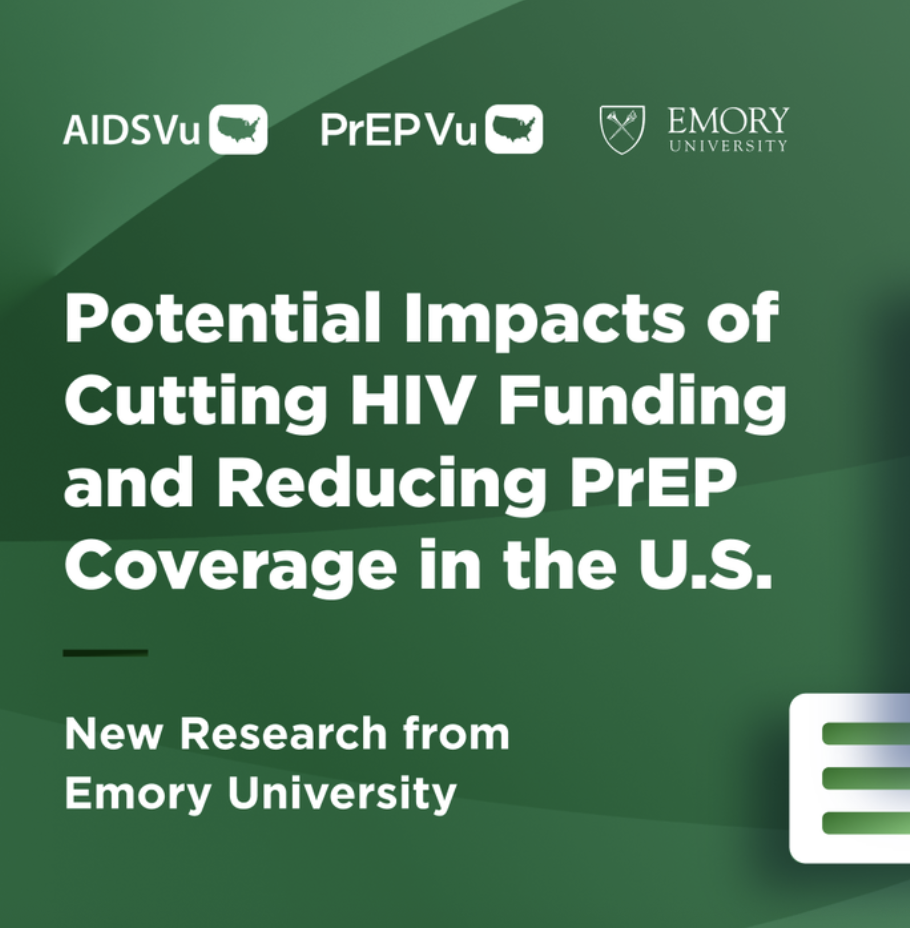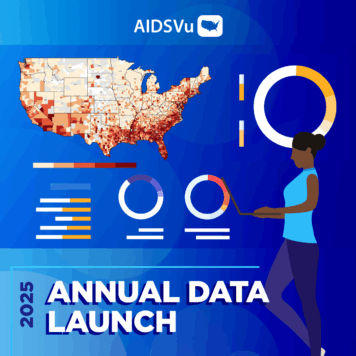We sat down with Dr. Joanne Stekler, Associate Professor, Division of Allergy and Infectious Diseases, Department of Medicine at the University of Washington to discuss her creation of the first PrEP clinic in Seattle and the release of AIDSVu’s data and maps on PrEP use.
Q: What sparked your interest in focusing your research on HIV/AIDS and PrEP?
A: My interest in HIV began while I was still a medical student at Duke University in the early 1990’s. HIV was a new disease that we were just beginning to understand, and I was mentored by physicians who were both HIV experts and exceptional primary care providers. At that time in North Carolina, both the physicians treating HIV patients and the patients themselves were subject to the isolation and stigma that accompanied the disease. This was both from the perspective of HIV as a disease and the shame of homosexuality that was pervasive at the time. In fact, one of my professors died at home alone because he did not want to come to the hospital for treatment—not wanting other people to know he was a gay man living with HIV. Those are the reasons why I knew pretty early on that I wanted to do work in HIV. I then dove into PrEP in 2010 when the first results were released from a revolutionary PrEP study called iPrEx (Pre-exposure Prophylaxis Initiative). Although it was disappointing that iPrEX initially only showed a 44 percent reduction efficacy, we finally had a primary HIV prevention tool to offer people other than condoms.
Undoubtedly, more work needs to be done to reach populations who are most disproportionally impacted by HIV, as shown by AIDSVu’s maps. Today, these populations are predominantly Black and Latinx, particularly among gay and transgender communities.
Q: You started the first community-based PrEP clinic in Seattle. What inspired you to do this? What have you learned?
A: I started the first community-based PrEP clinic in 2013 in Seattle because, in the simplest terms, it needed to be done. We had primary care providers locally who were willing and able to prescribe PrEP for their insured patients, but we had zero resources for people who were uninsured or under-insured. This clinic gave us insight into where those most at risk, men having sex with other men (MSM) and transgender populations, preferred to receive PrEP, how payment options impacted accessibility, and the gap in knowledge many providers still have about PrEP.
After the Affordable Care Act (ACA) passed, Washington State developed a PrEP Drug Assistance Program (PrEP DAP) to help people pay for their medication, a program that has since been modeled across the country.
In 2015, the clinic transitioned from a semi-real-world research clinic that was based within a CBO to a program that the staff of Gay City have taken over the vast majority of patient care. Unfortunately, although our once-weekly clinic sees several new clients a week, we lose people at every stage of the PrEP continuum. We lose many high-risk clients to competing priorities and insurance barriers, despite all of our attempts to maintain them on PrEP.
Q: AIDSVu recently launched the first-ever maps visualizing PrEP use at the state-level across the country. As both an academic researcher and medical practitioner, how can these communities use AIDSVu’s maps and data?
A: As a medical practitioner, these resources help me refer my patients as they move to other parts of the country. More importantly, they help us to visualize where disparities exist and where emphasis needs to be placed at the national level. It is critical to overlay PrEP use with the reality of the epidemic to identify where more resources need to be placed in order to ramp up PrEP implementation.
We just conducted provider surveys in Washington State and found that more PrEP is being prescribed in urban centers, which is not surprising. This really led us to focus on the implementation of telemedicine. A legal requirement to acquire a PrEP prescription today in Washington and many other states in the U.S. is a face-to-face appointment with a physician, which today is possible through the use of secured videoconferencing lines. These maps will help us better expand and implement this service to areas where there may not be a provider.
Q: The “End AIDS Washington” campaign was launched in December 2014. What role does PrEP play in ending the epidemic?
A: The key tenets of the End AIDS Washington campaign are: Get Insured, Get Tested, Get PrEP, and Get Treatment. PrEP is a key part of ending the HIV epidemic as it subsequently encompasses testing and treatment education options. However, to be most effective we also need needle exchanges, condoms, and a method by which to address the stigma that still surrounds the epidemic. We cannot talk about ending the epidemic without talking about disparities that exist in medical care around HIV.
Q: What programs or policies have been successful in Washington State to increase the use of PrEP across the state? Where does more work need to be done?
A: Three things: PrEP DAP, a commitment to prevention, and Medicaid expansion. These have been critical to our success, and stability of healthcare is essential to long-term success.
Washington State programs have been successful in expanding PrEP resources to urban areas whose populations are predominantly white. However, there is still a need to sustain those individuals and increase their adherence to the medication to ensure they reap its benefits. There is also a need to understand the barriers for individuals to starting on and staying on PrEP. We’ve started doing PrEP work in one of our Seattle bath houses, and the main reason people decline having a PrEP visit with us is that they perceive that they are at low risk of an HIV infection. Also, many providers put up their own barriers and need more education.
Undoubtedly, more work needs to be done to reach populations who are most disproportionally impacted by HIV, as shown by AIDSVu’s maps. Today, these populations are predominantly Black and Latinx, particularly among gay and transgender communities. They have not been reached by our PrEP resources. It is critical that we resolve the accessibility to education, reduce HIV stigma, and resolve the mistrust between communities most at risk and their healthcare providers. Of course, we will not be able to address these issues unless funding is made available and sustained.




